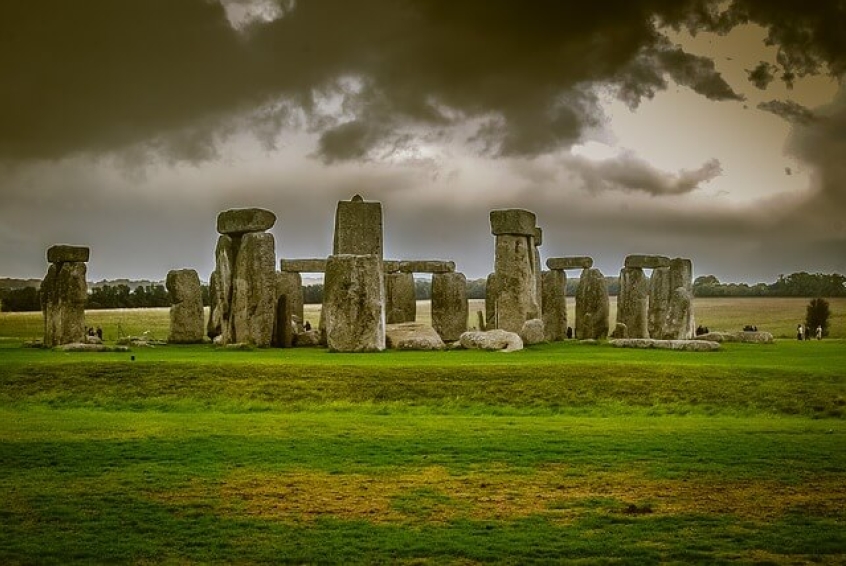
A new discovery on the famous stone circles of England, the Stonehenge, suggests that it had an older sibling located two miles from where it is.
University of Bradford archaeologists discovered the remains to be buried under lush banks. The recent findings were announced on Sept. 7, the first day of the British Science Festival, with the university as host.
The discovery revealed that there are about 100 stones spanning over several acres of land, which may have been built some 4,500 years ago.
The discovery was part of the Stonehenge Hidden Landscapes Project, which has been doing a mapping of the underground area for five years.
The team behind the project is using remote sensors and "geophysical imaging technology" to uncover evidence of the stones without the need for any excavation equipment.
"What we are starting to see is the largest surviving stone monument, preserved underneath a bank, that has ever been discovered in Britain and possibly in Europe," project leader Vince Gaffney told The Guardian.
Gaffney, an archaeologist at University of Bradford, even described the stones to be "on steroids."
The fresh discovery is considered as the most significant reveal coming from the Hidden Landscapes Project since it uses cutting edge technology to locate invisible archaeological structures hidden in the Wiltshire area.
Some of the newly discovered stones measure 15 ft, according to reports, and were positioned on the south-eastern edge of the "superhenge" — now Durrington Walls, which is considered one of the biggest henge structures.
Images of the discovered stones generated by the project reveal that they are toppled, but Gaffney is confident in his belief that the stones used to stand upright before they were toppled down when Neolithic builders redeveloped the area.
According to Paul Garwood, a lead historian and part of the project, the new discovery should prompt a change in history.
"Everything written previously about the Stonehenge landscape and the ancient monuments within it will need to be rewritten," Garwood told CNN.













